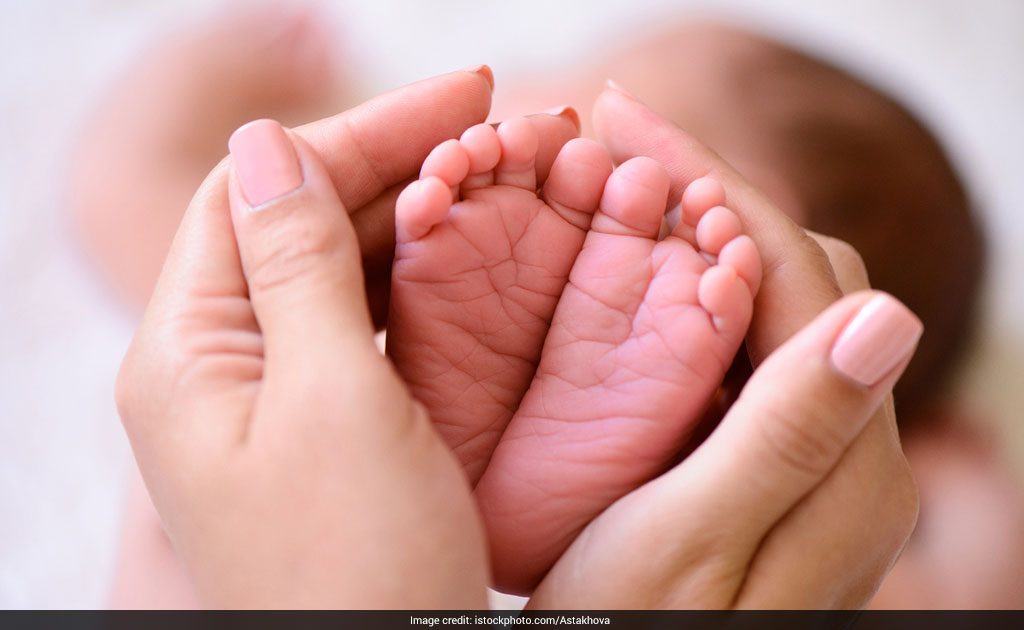Researchers from the University of South Australia have developed a computer vision system that possesses the ability to spontaneously capture a premature baby’s face in a neonatal ward as well as to distantly monitor its vital signs using a digital camera. The data obtained using this AI technology is similar to that captured using an electrocardiogram machine. The existing artificial intelligence-based software are designed to identify adults human faces but it is the first time a software will help identify and scan premature baby’s face or skin glued with tubes, clothing, or even when undergoing phototherapy. The use of the latest software along with digital camera in the neonatal care for remotely monitoring heart and respiratory rates could help understand the complications if any in the babies covered with specialized equipment or tubes.
Generally, there are millions of babies undergoing phototherapy due to the early detection of jaundice and they are placed under blue light. This technique makes the usual computer vision systems to detect any abnormalities very challenging. Thus, the latest baby detector was created after studying a number of datasets associated with the videos obtained from the NICU. The new software is designed to detect skin tone, faces, and vital sign readings. The idea of non-contact monitoring in pre-term babies is likely to replace the contact-based electrical sensors to avoid any skin abrasion or infection through contact or use of adhesive pads.
Enticingly, high-resolution cameras were used at a close range to extract physiological data with the help of advanced signal processing techniques based on the subtle colour changes generated from heartbeats and body movements that is invisible to the naked human eye. The use of neural networks to identify the faces of babies is a game changer in terms of non-contact monitoring. The non-contact video monitoring proves relevant at the time of COVID-19 pandemic wherein social distancing is a must.
